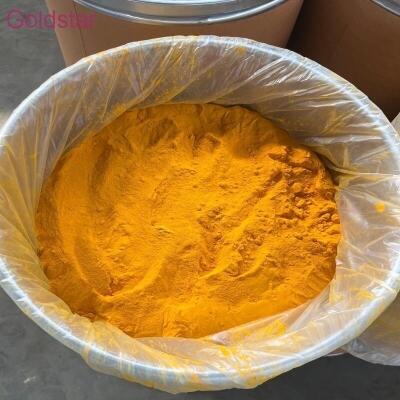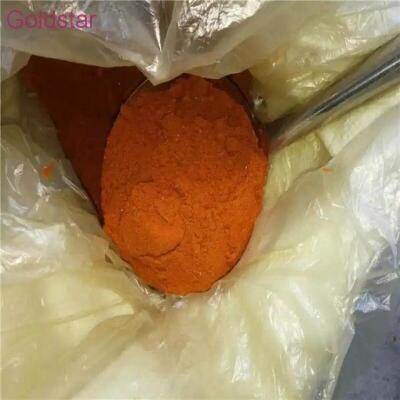-
Categories
-
Pharmaceutical Intermediates
-
Active Pharmaceutical Ingredients
-
Food Additives
- Industrial Coatings
- Agrochemicals
- Dyes and Pigments
- Surfactant
- Flavors and Fragrances
- Chemical Reagents
- Catalyst and Auxiliary
- Natural Products
- Inorganic Chemistry
-
Organic Chemistry
-
Biochemical Engineering
- Analytical Chemistry
-
Cosmetic Ingredient
- Water Treatment Chemical
-
Pharmaceutical Intermediates
Promotion
ECHEMI Mall
Wholesale
Weekly Price
Exhibition
News
-
Trade Service
The Production Process of Calcium L-Methyltetrahydrofolate in the Chemical Industry
Calcium L-methyltetrahydrofolate (CaL-MTHF) is an essential nutrient that plays a critical role in cell division and growth.
It is a form of folic acid that is easily absorbed by the body and is often used as a dietary supplement to prevent megaloblastic anemia, heart disease, and other health problems.
The production process of CaL-MTHF involves several steps, including extraction, purification, and formulation.
Extraction:
Extraction is the process of extracting CaL-MTHF from natural sources such as foliage, soil, and water.
The most common method of extraction is through solvent extraction, which involves using a solvent, such as ethanol or methanol, to extract the CaL-MTHF from the natural source.
The extracted CaL-MTHF is then isolated from the solvent using techniques such as filtration, centrifugation, and chromatography.
Purification:
Purification is the process of removing impurities from the extracted CaL-MTHF.
This is typically done through chromatography, which involves passing the CaL-MTHF through a column that contains a stationary phase, such as silica gel or alumina, to separate the CaL-MTHF from the impurities.
The CaL-MTHF is then eluted from the column and collected as a pure sample.
Formulation:
Formulation is the process of creating a final product that is suitable for consumption.
This involves combining the purified CaL-MTHF with other ingredients, such as fillers, binders, and coatings, to create a tablet or capsule that can be taken orally.
The formulation process also includes testing the final product to ensure that it meets all quality and purity standards.
Quality control:
Quality control is a critical step in the production process of CaL-MTHF.
This involves testing the CaL-MTHF at every stage of production, from extraction to formulation, to ensure that it meets all quality and purity standards.
This includes testing for identity, purity, potency, and stability.
The testing is done using various techniques such as HPLC, UV spectroscopy, and other analytical methods.
Scale-up:
Scale-up is the process of increasing the production capacity of CaL-MTHF.
This involves reproducing the production process on a larger scale and using techniques such as process optimization and automation to increase efficiency and reduce costs.
Conclusion:
The production process of CaL-MTHF involves several steps, including extraction, purification, and formulation.
The process begins with the extraction of CaL-MTHF from natural sources, followed by purification to remove impurities and formulation into a final product.
Quality control is critical throughout the production process to ensure that the final product meets all quality and purity standards.
Scale-up is also an important step in increasing production capacity and reducing costs.
Overall, the production process of CaL-MTHF is a complex and multi-step process that requires careful attention to detail and quality control to ensure the safety and efficacy of the final product.







